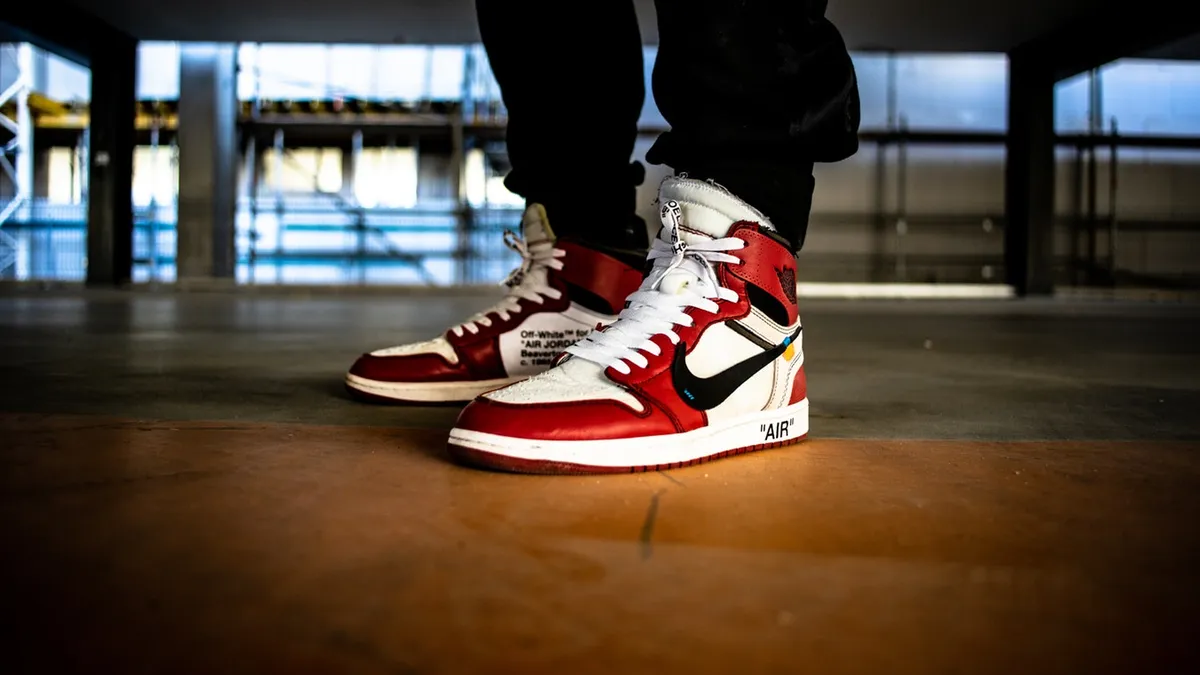Dive Brief:
- Nike is reaping the benefits from years of effort to speed up its supply chain through the use of digital tools. In 2018, the company posted a 7% revenue bump for the year without a substantial increase in inventory, according to executives on the company's recent third-quarter earnings call.
- CEO Mark Parker said roughly half of the products in Nike's Chinese New Year Collection in 2018 were produced using shorter lead times, under a program deemed the Express Lane. "Through our Express Lane initiative, we are using closer to market consumer insights to update key styles with new materials, print and colors on significantly shorter timelines," said CFO Andy Campion, adding that the Express Lane products made up 10% of the company's revenue in its third quarter.
- In 2018, operating in the Express Lane meant staging materials at factories so additional manufacturing could begin as soon as possible while also continuing to introduce new digital tools for demand sensing, inventory tracking and supply chain visibility.
Dive Insight:
Nike has been laser-focused on speed in recent years, not only on the track or the court, but in the supply chain. On the call, Parker explained to analysts why its Express Lane initiative is so important in the sportswear space: "We did this in anticipation of LeBron’s move to a new team last summer and it cut our jersey lead times nearly in half. [Expect] more of that with all the high-profile free agency moves this summer," Parker said.
In addition to storing materials at factories ahead of need, Nike invested in RFID and other digital tools to better track inventory.
"Our RFID initiative, for example, is improving product visibility and is an important step toward integrating our diverse ecosystem of physical and digital experiences, distribution centers and contract factories," said Parker. "This will give the consumer easier access to product and allow Nike to more accurately match supply to demand across the world and ultimately fuel better, higher quality growth."
Nike's need for speed seems especially prescient in light of Adidas' recent annual report wherein executives warned "supply chain shortages" will likely negatively affect sales in 2019. Adidas cited higher than expected demand and its own slow response as causes for a downgraded revenue forecast.
By emphasizing lead times and technology-enabled demand sensing and planning, Nike shows sales are won and, just as importantly, lost by the supply chain. And, shortening lead times is a long game that has to start before outsized demand arrives.
"Today, the consumer rewards agility," Parker said. "The companies who adapt and scale first are the companies who grow fastest. To do that, Nike is looking across the spectrum of the value chain from our factory partners to key cities, so we can take advantage of our most important opportunities."














